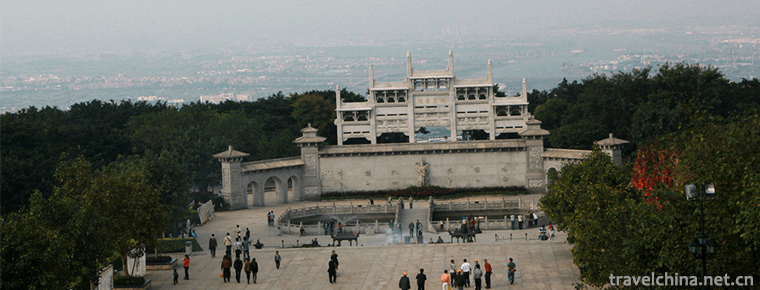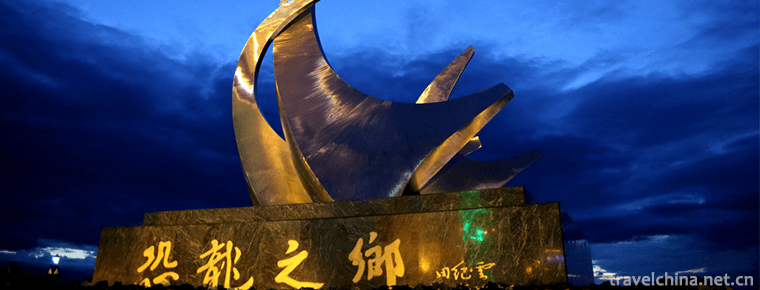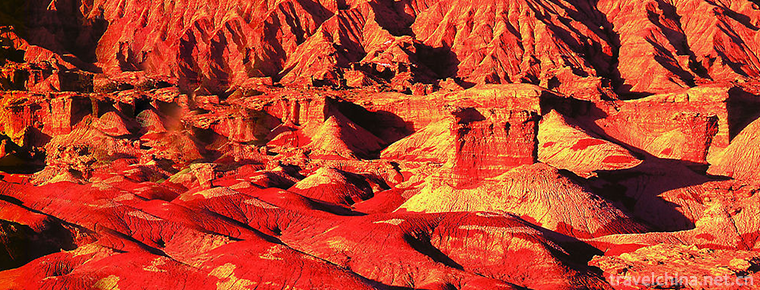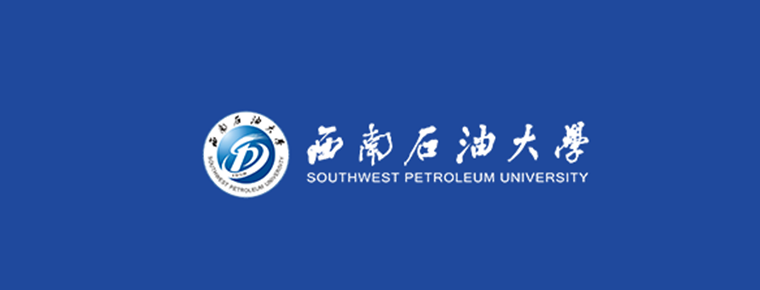Natural resources of Mianyang
Natural resources of Mianyang
water resource
In 2014, the annual precipitation of Mianyang City was 19.845 billion cubic meters, the surface water resources was 11.893 billion cubic meters, the total annual water resources was 11.882 billion cubic meters, and the annual average water resources per capita was 2196 cubic meters. The water quality of 478 km long main rivers in the city is: 435 km of class II water area, accounting for 91% of the evaluated river length, and 43 km of class IV water area, accounting for 9% of the evaluated river length.
land resource
In 2014, the agricultural land in Mianyang City was 1797661.4 hectares, including 401625.83 hectares of cultivated land, 52261.51 hectares of garden land, 1135319.61 hectares of forest land, 47010 hectares of pasture land and 161444.41 hectares of other agricultural land; 121125.49 hectares of construction land, including 103466.29 hectares of residential industrial and mining land, 9371 hectares of transportation land, 8287.77 hectares of water conservancy facilities land, and 10759.13 hectares of unused land Among them, 72761.63 hectares of unused land and 35197.5 hectares of other land are used.
plant resources
In 2014, according to the survey and statistics, the known lower plants in Mianyang included fungi and lichen plants, including 13 orders, 60 families, 149 genera and 497 species of Ascomycetes, and the higher plants included 9 classes, 66 orders, 260 families, 1366 genera and 3972 species in 4 phyla of Bryophyta, Pteridophyta, gymnospermae and Angiospermae. According to the list of national key protected wild plants (the first batch) approved by the State Council on August 4, 1999. There are 12 species of national first-class key protected wild plants, such as Davidia involucrata and Taxus chinensis. There are 38 species of wild plants, such as water fern and Chinese fern.
Animal resources
In 2014, according to the survey and statistics, there are 791 species of vertebrates, 32 orders, 109 families and 1257 species of invertebrates, 6 classes, 33 orders, 241 families and 1257 species of invertebrates. Among them, there are 18 species of wildlife under national first-class key protection. There are 60 species of wild animals under the state's second-class key protection, such as the little panda. Mianyang is an important ecological barrier area in the upper reaches of the Yangtze River, a key area for biodiversity protection and one of the main habitats for wild giant pandas. The conservation and management of giant pandas and their habitats play an important role in Sichuan. Pingwu County is the county with the largest distribution of giant pandas, accounting for 1 / 5 of the country's wild giant pandas. The provincial key protected wild animals include red fox, leopard cat, hairy crested deer, Coleoptera striatellus, common cormorant, egret, Chinese forest frog, etc.
mineral resources
As of 2014, 56 minerals including iron ore, manganese ore, lead-zinc ore, tungsten ore, gold ore, silver ore, phosphate ore, sulfur ore, crystal, calcite, limestone, dolomite, bentonite, quartz sandstone for glass and natural gas have been found in Mianyang City, with more than 400 mineral sites, including 73 ferrous metals, 25 non-ferrous metals, 70 precious metals and more than 200 non-metallic minerals. There are 26 mineral types with proven reserves, including 74 industrial deposits. By the end of the year, 32 minerals were developed and utilized in the city.
The mineral reserves of Mianyang City occupy an important position in Sichuan Province: manganese mine in Pingwu County, bentonite in Santai County and Yanting County, sand for casting mold and shale for cement batching in Jiangyou City rank first in the province; quartz sandstone for glass, dolomite for metallurgy and natural gas in Jiangyou City rank the third in Sichuan Province; according to the distribution of counties and cities, the mineral resources in Pingwu County are metal ores It is mainly produced in gold, iron, manganese and lead-zinc mines; other counties and urban areas are dominated by non-metallic minerals, such as limestone and pyrite in Jiangyou City, limestone and phosphorite in Anxian County, limestone, silica and slate for facing in Beichuan Qiang Autonomous County, bentonite in Santai County and Yanting County, shale and sandstone for brick and tile in Fucheng and Youxian. Natural gas is widely distributed in Mianyang City, with the exception of Pingwu County, Beichuan Qiang Autonomous County and Anxian county.

Natural resources of Mianyang
-
Chinese Shared bicycle
Shared bicycle refers to the bicycle sharing service provided by enterprises in campus, subway station, bus station, residential area,
Views: 226 Time 2018-11-13 -
WeChat
WeChat is a free application that Tencent launched on January 21, 2011 to provide instant messaging services for intelligent terminals
Views: 198 Time 2018-11-13 -
The Mutianyu Great Wall
The Mutianyu Great Wall in Beijing is located in Huairou District of Beijing, 73 kilometers from the urban area of Beijing. With a long history and splendid culture
Views: 142 Time 2018-11-24 -
Xiqiao Mountain Scenic Area
Xiqiao Mountain Scenic Spot is located in the southwest of Nanhai District, Foshan City, Guangdong Province, China. It has 72 peaks, forming numerous waterscapes, 232 springs and 28 waterfalls.
Views: 217 Time 2018-12-12 -
Guyang Qincheng Great Wall Site
The site of the Qincheng Great Wall in Guyang is located in the Yinshan Mountains in the central part of Inner Mongolia Autonomous Region, along the Damiao, Yinhao and Xidoupu in the northern part of
Views: 130 Time 2019-01-12 -
Jiayin Dinosaur National Geopark
Jiayin Dinosaur National Geopark, the first place where dinosaur fossils occurred in China, is named for the dragon. The fossils unearthed here have been packed into 10 dinosaur skeletons.
Views: 122 Time 2019-01-21 -
Devil City
The Devil City is also known as the Wind City of Urho. Wuerhe Mining Area in the lower reaches of Jiamu River, located in the northwest margin of Junggar Basin
Views: 107 Time 2019-02-07 -
Baxian Yaochi Party
Baxian Yaochi gathering is a traditional dish in Tai'an, Shandong Province, which belongs to the Shandong cuisine family. Egg white is the main material for Baxian Yaochi gathering.
Views: 147 Time 2019-03-27 -
Folk dance
Generally speaking, it refers to the form of dance which is produced and spread among the people, restricted by folk culture, improvised performance but relatively stable in style, and with self-enter
Views: 255 Time 2019-06-05 -
Brewing Techniques of Shaoxing Yellow Rice Wine
Shaoxing has a long history of brewing wine, which can be traced back to the Spring and Autumn Period and the Warring States Period. By the time of the Northern and Southern Dynasties, it was well-kno
Views: 181 Time 2019-06-14 -
Southwest Petroleum University
Southwest Petroleum University is a petroleum undergraduate college founded in the face of the new China's Chaoyang. It is a co-established University between the central and local governments, mainly
Views: 190 Time 2019-08-31 -
Meishan City honor
In November 2015, Meishan city was listed as the second batch of national new urbanization comprehensive pilot areas. In 2016, Meishan city was awarded the title of the first tourist destination in the Asia Pacific region (second and third tier cities).
Views: 327 Time 2020-12-18










